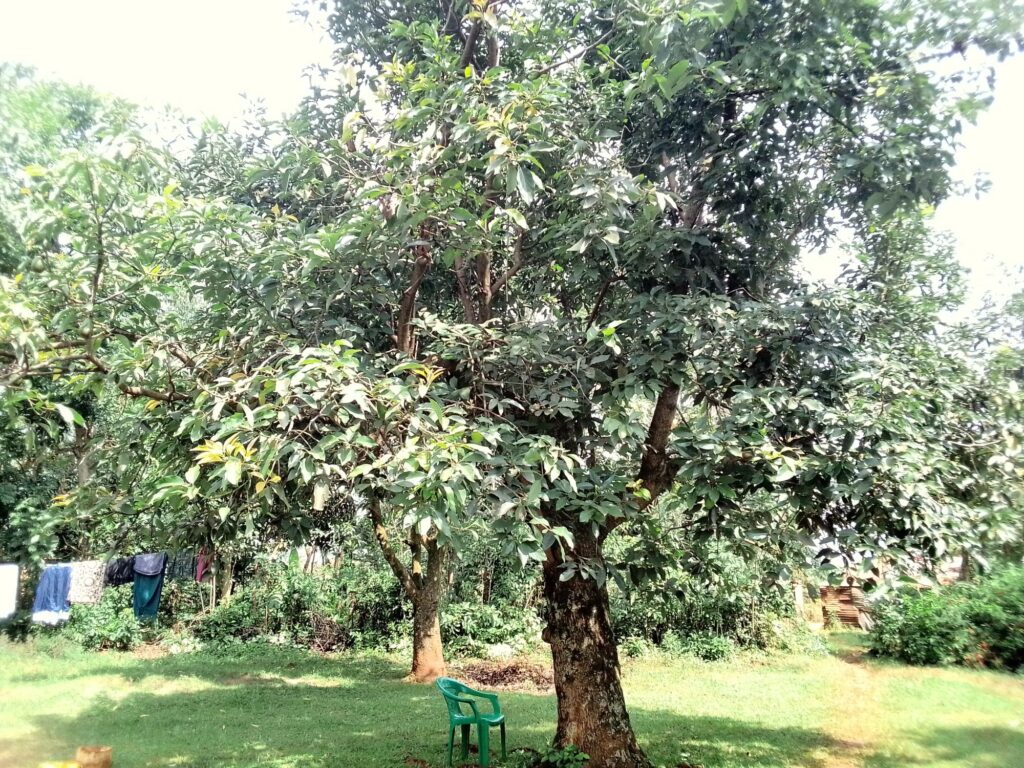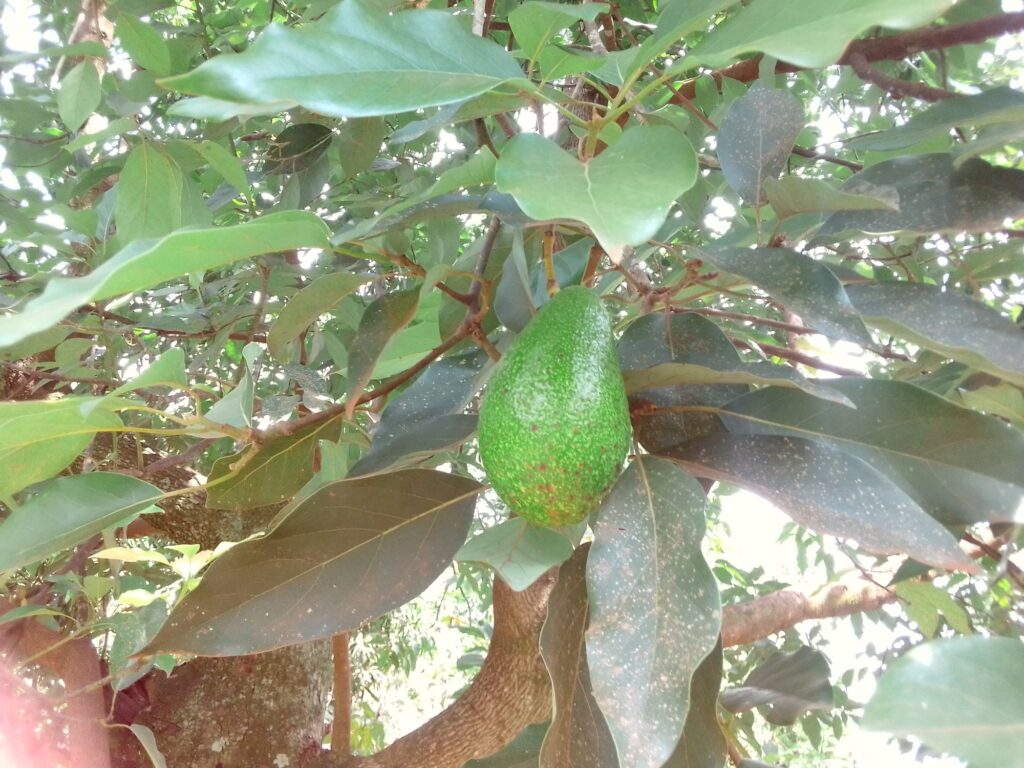If someone asked you how long Hass avocados have existed in Kenya, what would you say? A few years? Maybe a decade or two? That’s exactly what I would’ve said too. And I know I’m not the only one.
Most of us associate the Hass avocado with the recent boom in avocado farming across Kenya and Africa. We see it as a new hybrid variety—thanks to aggressive marketing, export buzz, and increased demand from global markets. But here’s the surprising truth: Hass avocados have been in Kenya for over half a century. And I have proof—rooted right in the heart of our compound in Busia County.
Our Family’s “Ordinary” Tree with an Extraordinary Story
In my last post, How Avocado Farming is Taking Root in Busia and Western Kenya, I talked about how avocados have always been part of life in this region. But in our own home, there’s a particular tree that has always stood out.

His verdict?
“This is a Hass avocado tree.” We were stunned. All this time, the prized variety being sold in grafted seedlings right across the road had been growing in our yard—for over 40 years.
So, How Did We End Up with a Hass Avocado in 1980s Busia?
According to my mother, the tree was planted by my elder brother Ben, long before we were born. He received the seedling from our late paternal grandmother, Redemtah Barasa. She was a member of one of the first chamas (women’s groups) in the region, which distributed various tree seedlings for planting.
Among the seedlings she received, one stood out, and it was an avocado. Determined to pass it on, she crossed River Sio from her home in Khadoda, Kisoko, and gave it to my brother to plant at our newly established homestead in 1982. Ben planted the tree and over four decades later, it still thrives, offering the same delicious, creamy fruits every season. That tree, unknown to us all these years, is one of the earliest known Hass avocado trees in Busia County.
A Brief History of the Hass Avocado
The Hass avocado was first grown by Rudolph Hass in California in the 1920s. The original tree, which lived until 2002, became the genetic source of all Hass avocado trees globally. Genetically, the Hass variety is a hybrid of Guatemalan and Mexican avocado types.
In Kenya, Hass was introduced in the 1960s, primarily for home use and experimental farming. Its real rise began in the 1990s, driven by growing export demand from the European Union and other international markets. Since the 2010s, Kenya has emerged as one of Africa’s largest Hass avocado exporters, with regions like Murang’a, Kiambu, Nyeri, Meru, and parts of Rift Valley and Western Kenya becoming production hotspots.

Contacts:
Email: lazarusmarson@gmail.com
X: Money in Agribusiness
Facebook: Lazarus Marson
TikTok: Money in Agribusiness

Disclosure: This banner contains an affiliate link. I may earn a commission if you purchase through it, at no extra cost to you.
